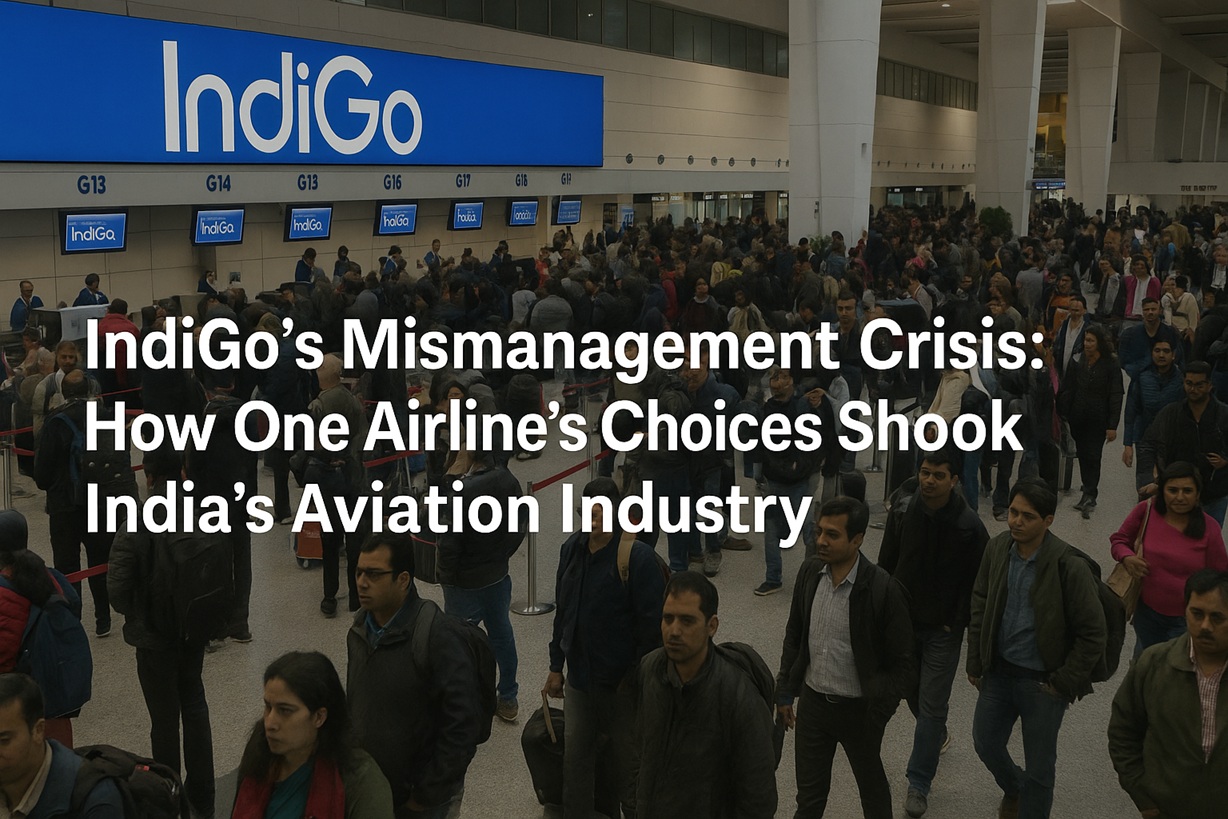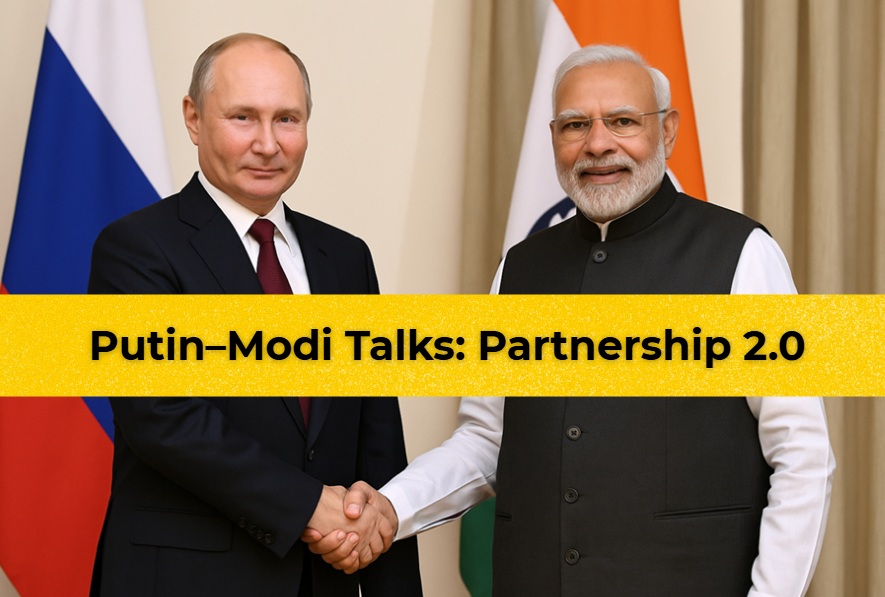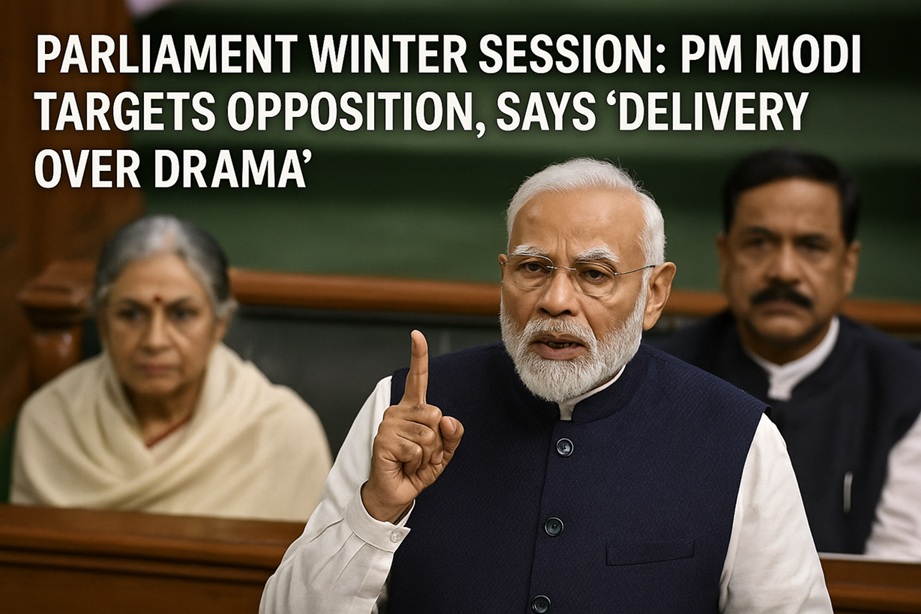The Narendra Modi-led government, which began its tenure on May 26, 2014, has completed 11 years, marking its third term by June 2025. Guided by the mantra of “service, good governance, and poor welfare,” the government claims to have transformed India across economic, social, and global fronts. Below is a comprehensive overview of the changes, achievements, and challenges during this period, drawing from official statements, web sources, and critical analyses.
Economic Transformation
GDP Growth and Global Standing:
- India’s GDP grew from approximately $2 trillion in 2014 to $4.2 trillion by 2025, positioning India as the fourth-largest economy, surpassing Japan, with projections to overtake Germany by 2027.
- Average GDP growth rate of 6.4% since 2014, with a recent quarter at 7.4%, outpacing major economies like China (4.6%) and the UK (0.6%).
- Foreign Direct Investment (FDI) surged by 14% annually, rising from $71.28 billion in FY 2023–24 to $81.04 billion in FY 2024–25, reflecting global confidence in India’s market.
- Morgan Stanley predicts India will drive a fifth of global growth by 2031, with export market share expected to double from 2.2% in 2021 to 4.5% by 2031.
Criticism: Despite growth, income inequality has reached historic highs, with the “World Inequality Report” labeling India a “Billionaire Raj,” where 1% of the population controls 80% of wealth. Unemployment hit a 45-year high in 2017, attributed to demonetization and GST implementation.
Digital Economy and Formalization:
- The Aadhaar digital ID system enrolled 99% of Indian adults, enabling direct benefit transfers and reducing subsidy leakages.
- Digital transactions grew to 76% of GDP, with India leading globally in digital payments.
- The Jan Dhan Yojana opened millions of bank accounts for the unbanked.
- GST streamlined indirect taxes, boosting collections, though its initial implementation disrupted small businesses.
Criticism: Many Jan Dhan accounts remain unused. The unorganized sector, the backbone of the economy, continues to suffer from the aftershocks of demonetization and GST.
Infrastructure Development:
- National highways expanded from 91,287 km in 2014 to 146,204 km in 2024, with construction speeds rising from 12 km/day to 34 km/day.
- Nearly 400,000 km of rural roads were built, connecting 99% of rural India.
- Operational airports increased from 74 to 160; the UDAN scheme expanded air connectivity to smaller cities.
- Indian Railways laid 25,871 km of new tracks, becoming the world’s second-largest cargo transporter.
Criticism: While infrastructure spending reached $100 billion annually, job creation has been limited. The focus on capital-intensive projects has not sufficiently addressed rural unemployment.
Make in India and Manufacturing:
- The “Make in India” campaign aimed to raise manufacturing’s GDP share to 25% by 2022, but it fell to 15.9% in 2023–24.
- Production-linked incentives attracted firms like Foxconn and Samsung, but manufacturing jobs declined by half.
Criticism: Failure to grow manufacturing threatens India’s demographic dividend. Around 40% of the workforce remains in agriculture, while only 20% is in manufacturing or IT.
Economic Policies and Challenges:
- Demonetization (2016) aimed at black money control, but led to a cash shortage and slowed GDP growth.
- FDI liberalization included sectors like defense and railways; labor reforms saw pushback, causing economic losses.
- A ₹20 lakh crore COVID-19 stimulus was announced, but only 10% was disbursed by the end of 2020.
Criticism: Privatization and neoliberal reforms have been accused of favoring corporates over workers.
Social Progress
Welfare and Poverty Alleviation:
- Poverty dropped from 29.5% to 4.9% in a decade. Free grain distribution reached 80 crore people.
- The Garib Kalyan Yojana improved rural lives through housing, toilets, gas, and healthcare.
- Swachh Bharat Abhiyan improved sanitation access nationwide.
Criticism: Despite welfare schemes, India ranks below North Korea and Sudan on the Global Hunger Index. Public health spending remains very low.
Social Justice and Inclusion:
- Beti Bachao Beti Padhao addressed gender imbalances.
- Triple talaq was abolished; the Uniform Civil Code is being implemented in some states.
- 60% of Union Ministers are from SC, ST, or OBC communities.
Criticism: Allegations of democratic erosion persist. Critics cite biased use of central agencies and state-sponsored demolitions in Muslim areas.
Healthcare and Education:
- Expanded national health insurance and dialysis programs, and set up low-cost generic drug stores.
- Digital infrastructure extended internet access to all villages, enhancing education.
Criticism: Critics warn of a move toward a costly, US-style healthcare system with limited accessibility.
Global Standing
Foreign Policy and Diplomacy:
- India hosted the G20 summit and achieved a successful Moon landing.
- The abrogation of Article 370 and peace deals with insurgent groups improved internal security.
- India promoted global cultural initiatives like yoga and climate action.
Criticism: Military actions and defense spending have strained relations with neighbors, especially after cross-border operations.
Digital and Clean Energy Leadership:
- Solar and wind energy capacity doubled in five years.
- The Smart Cities Mission saw over 8,000 projects launched for urban improvement.
Criticism: Digital and energy progress has been uneven, with rural India often excluded from major benefits.
Governance and Policy Reforms
Structural Changes:
- NITI Aayog replaced the Planning Commission, shifting the focus from socialism to market-driven development.
- Bureaucratic accountability improved with digitization and direct transfers.
Criticism: Modi’s top-down governance model has been criticized for excessive centralization.
Cultural and Historical Integration:
- Initiatives like the Kashi Vishwanath Corridor have emphasized India’s heritage.
Criticism: Critics claim these projects are used to promote a Hindu nationalist agenda, further polarizing society.
Challenges and the Road Ahead
Unemployment and Inequality:
- Despite growth, employment generation is lagging. Pre-poll surveys highlight joblessness as a top concern.
- 90% of the population earns less than $3,500 annually, while ultra-rich numbers have multiplied.
Sustainability and Global Integration:
- India must improve its global competitiveness, ease of doing business, and supply chain integration.
- Risks include global recessions, commodity price volatility, and skill mismatches.
Political Criticism:
- Opposition parties accuse the Modi government of prioritizing image over substance.
- Allegations persist of biased media coverage and lack of transparency.
Conclusion
The 11 years of the Modi government have marked a period of significant transformation. India has emerged as a global economic force, improved infrastructure, and launched ambitious welfare schemes. Reforms in digital governance and cultural integration have redefined India’s public image. Yet, the persistence of unemployment, growing inequality, and democratic concerns point to the need for course correction.
As India aspires to become a developed nation by 2047, the balance between growth, inclusion, and democracy will determine the Modi era’s lasting legacy. Whether this is truly a “golden era” or a moment of missed opportunities will depend on how these contradictions are addressed in the coming years.







